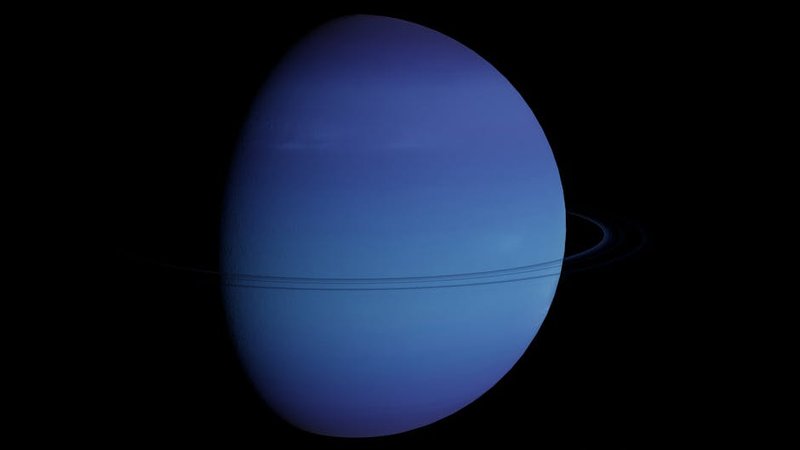I’ve been thinking a lot about the Voyager missions lately. There’s something profoundly moving about these twin spacecraft—launched when I was just a child—now pushing through the darkness of interstellar space, still sending whispers back to Earth. As a materials scientist, I’m constantly amazed they’re functioning at all, given the extreme conditions and technological limitations of the 1970s.
NASA recently made a difficult but necessary decision: shutting down two science instruments to extend the overall mission life of both Voyager probes. It’s a bittersweet development in what has become humanity’s longest-running space mission, and it highlights a fascinating challenge in particle physics and space exploration.
Voyager – The Power Problem
The fundamental issue is both elegantly simple and frustratingly complex. Each Voyager spacecraft relies on radioisotope thermoelectric generators (RTGs) that convert heat from decaying plutonium into electricity. These RTGs lose approximately 4 watts of power annually—a tiny amount on Earth, but catastrophic when you’re billions of miles from home with no repair options.
“If we don’t turn off an instrument on each Voyager now, they would probably have only a few more months of power before we would need to declare end of mission,” explained Suzanne Dodd, Voyager project manager at JPL.
This power constraint forces mission engineers to make painful choices about which scientific instruments remain active. The recent decision to deactivate Voyager 1’s cosmic ray subsystem and Voyager 2’s low-energy charged particle instrument wasn’t made lightly. These instruments have been essential in helping scientists understand the boundary between our solar system’s protective heliosphere and interstellar space.
Wait—am I explaining this clearly enough? Let me back up.

Voyager – The Heliosphere: Our Cosmic Shield
The heliosphere is essentially a protective bubble formed by the solar wind—a stream of charged particles flowing outward from the sun—and the sun’s magnetic field. This bubble acts as a shield, protecting our solar system from much of the cosmic radiation that permeates the galaxy.
Understanding the heliosphere’s boundaries has been one of the Voyager mission’s most significant contributions to science. In 2012, Voyager 1 became the first human-made object to cross this boundary and enter interstellar space, with Voyager 2 following in 2018. This achievement provided unprecedented data about the transition zone between our solar neighborhood and the broader galaxy.
The instruments now being shut down were critical in determining when and where this boundary crossing occurred. Voyager 1’s cosmic ray subsystem, a suite of three telescopes designed to study cosmic rays, helped scientists confirm the spacecraft had indeed left the heliosphere. Similarly, Voyager 2’s low-energy charged particle instrument measured various ions, electrons, and cosmic rays from both our solar system and the galaxy.
Engineering Marvels Beyond Their Design Life
What I find most remarkable—and what often keeps me awake at night thinking about my own work—is how these instruments have surpassed their design specifications by orders of magnitude. The stepper motor in Voyager 2’s low-energy charged particle instrument, for example, was tested for 500,000 steps—enough to guarantee operation through Saturn’s encounter in 1980. By the time of its deactivation, it will have completed more than 8.5 million steps.
This kind of engineering longevity humbles me. My team often struggles to develop materials that can withstand fusion reactor conditions for just a few years, while these spacecraft components have operated flawlessly for nearly five decades in the harshest environment imaginable.
The technology aboard the Voyagers is roughly equivalent to what you’d find in a 1970s hearing aid, yet it continues to function in temperatures approaching absolute zero, bombarded by cosmic radiation, and isolated from all human intervention save for radio commands that take over 21 hours to reach Voyager 1.
Sometimes I wonder if we’ve actually regressed in certain aspects of engineering resilience. Have we sacrificed durability for feature richness and speed? The Voyagers make me question our modern approach to technology development.
Making Difficult Scientific Tradeoffs
With the deactivation of these two instruments, the Voyagers will continue to operate for approximately another year before engineers must shut down additional instruments. Each spacecraft will maintain three functioning science tools:
- Voyager 1 will continue operating its magnetometer, plasma wave subsystem, and low-energy charged particle instrument (though this last one will be shut down next year).
- Voyager 2 will maintain operation of its magnetic field instrument, plasma wave instrument, and cosmic ray subsystem for the foreseeable future.
These remaining instruments will continue gathering invaluable data about the magnetic fields, plasma waves, and particles in interstellar space—measurements impossible to obtain any other way.
I find myself torn about these decisions. As a scientist, I understand the necessity of preserving the overall mission, but I also recognize the unique value of each instrument. There’s a philosophical question here about whether breadth or longevity of measurement is more valuable for cosmic understanding.

The Golden Record: A Message That Outlasts the Science
Perhaps most poignantly, long after the Voyagers’ scientific instruments fall silent, they will continue their journey through the galaxy carrying the famous Golden Records—phonograph records containing sounds and images portraying the diversity of life and culture on Earth. These records were designed as a message to any extraterrestrial intelligence that might discover the spacecraft.
The records will likely outlast human civilization. While the Voyagers’ nuclear power sources will die within a decade or two, the Golden Records could remain intact for billions of years—potentially outliving Earth itself.
This perspective shifts my thinking from the immediate scientific concerns to the longer legacy of these missions. The power management decisions being made today aren’t just about maximizing scientific return; they’re about maintaining humanity’s farthest physical emissaries for as long as possible.
Looking Forward While Looking Back
As we continue developing materials for next-generation fusion reactors and space exploration, the Voyager missions provide invaluable lessons about longevity, reliability, and resourcefulness. My research team regularly references these missions when discussing design requirements for materials that must withstand extreme conditions.
The Voyagers remind us that sometimes the most profound scientific achievements come not from the most advanced technology, but from the most durable and adaptable. As we push toward interstellar travel and settlements on other worlds, these lessons become even more relevant.
I’ve been struggling with a fusion containment material problem for months now, but whenever I feel discouraged, I remind myself that somewhere in the darkness beyond our solar system, two spacecraft built with technology older than I am continue to function and communicate across unimaginable distances.
If we could achieve that in 1977, surely we can solve today’s materials challenges. The Voyagers aren’t just scientific instruments—they’re beacons of inspiration for engineers and scientists facing seemingly insurmountable problems.
As we bid farewell to these two particular instruments aboard the Voyagers, we celebrate what they’ve taught us about the cosmos and about ourselves. Their legacy propels us forward, even as they journey ever outward into the unknown.



